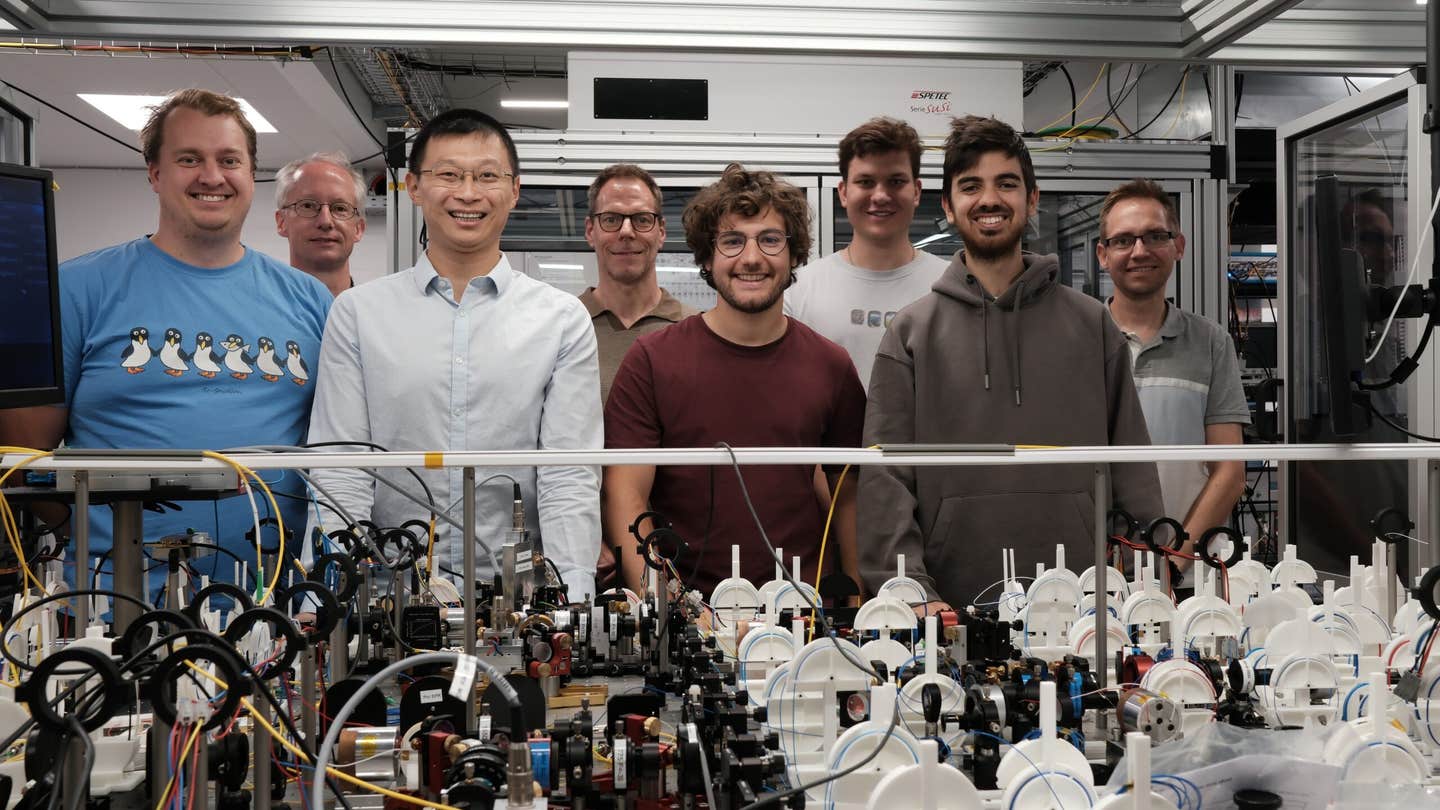ContractNerd: New AI tool helps you spot hidden risks in business and job contracts before you sign
New AI tool helps people find hidden risks in leases and job contracts, offering clearer guidance and fairer agreements.

 Edited By: Joseph Shavit
Edited By: Joseph Shavit

A new AI system from NYU aims to protect you from confusing or unfair contract terms. (CREDIT: Shutterstock)
Signing a lease or a job offer can feel like stepping into a maze. Even when you try to read every line, many agreements feel packed with slippery language that hides risks. You may worry about being held responsible for repairs you never caused or limits on where you can work after leaving a job.
Those fears are common because the language in many contracts tilts toward the party with more legal experience. A research group at New York University wants to help you avoid those situations with an AI tool called ContractNerd.
Why Hidden Contract Terms Can Hurt You
The study behind the tool notes how contracts often put ordinary people at a disadvantage. Landlords and employers usually have attorneys. You may not. That gap matters when contracts include vague terms that shift major responsibilities to you. A phrase like “within a reasonable time” may sound harmless during a lease signing, yet “reasonable” has no fixed meaning. It could cost you your security deposit later.
Work agreements can feel even more intimidating. Some include clauses barring you from working for a similar business anywhere in the United States for years after you leave a job. Those broad non-compete terms violate laws in places like California. Even so, people sign them every day because the documents feel unavoidable or too confusing to question.
The NYU team designed ContractNerd to help you spot language like this before the harm occurs.
How ContractNerd Breaks Down Each Clause
When you upload a contract, the system moves through three steps. It takes in the document, uses a large language model to examine every clause, and then provides a clear and structured report. You choose the type of contract and your location, and the tool returns an analysis tailored to local rules.
The tool marks each clause under one of four categories. Missing clauses point out the protections that should be there but are not found. Unenforceable terms violate local or state rules. Legally risky clauses may not break laws but could lead to disputes or unfair outcomes. Legally sound clauses require no changes. You then see why each section landed where it did.
The researchers behind the system used a careful method to make sure the AI stays grounded in the actual text. The model must quote each clause exactly, preserve every number, and judge each passage one at a time. That design keeps the analysis focused and consistent.
Spotting Language That Causes Confusion
The study explains how risky language can make simple agreements less clear than they appear. ContractNerd checks for several types of problems. Words with multiple meanings may shift responsibilities without warning. A confusing sentence structure can hide key obligations. Very broad statements may give the stronger party more power than intended. Even repeated passages can create conflict if they contradict each other.
When the system marks a clause as unenforceable, it also names the specific language problem. A user sees not only what is wrong but also why it creates risk.
Testing the Tool Using Real Rental Agreements
To understand how well ContractNerd performs, the research team compared it to other AI contract tools. They focused on rental agreements since they often contain unfair or illegal language. The researchers gathered real samples from court records, legal databases, and state rental templates.
In one comparison, ContractNerd predicted court outcomes more accurately than competing tools. A second test used an independent panel of non-lawyers who compared ContractNerd’s explanations with those of another platform known as goHeather. Reviewers looked at relevance, accuracy, and completeness. ContractNerd received higher scores overall.
In a third evaluation, NYU Law Professor Clayton Gillette found ContractNerd more detailed than its competitor, though he noted that goHeather’s reports were slightly easier to follow.
How the Tool Measures Risk
To help you understand what matters most, the system ranks clauses by risk level. High risk means the clause clearly violates rules in many situations. Medium risk means it may be valid only under certain conditions. Low risk means it fits legal expectations but still deserves attention as laws change.
The tool also labels when a clause is enforceable in specific cases or unenforceable under certain conditions. That feature shows you when a clause may hold up in court and when it likely will not. For risky terms, the system offers guidance on how to revise the language so the agreement becomes more balanced and clear.
The Technology Supporting the Tool
ContractNerd uses the LLaMA 3.3 70B model, which can review long documents without losing context. It uses prompting strategies designed for consistency, including a temperature setting of zero.
A retrieval system helps the model pull from a library of contract templates, state rules, and historical examples. This combination helps the AI identify missing protections and check whether a clause fits local law.
A Push to Make Contracts More Transparent
Although rental and job contracts are the current focus, the creators plan to expand the system. They stress that ContractNerd will not replace attorneys. Instead, it serves as a guide so you can make better choices before signing. The hope is that more people will gain the confidence to ask questions and seek fairer terms.
As Dennis Shasha, senior author of the study, says, “Many of us have to read and decide whether or not to sign contracts, but few of us have the legal training to understand them properly.”
Research findings are available online in the journal MDPI.
Related Stories
- Generative AI is changing the game in Hollywood
- Nations race to train workers for the age of artificial intelligence
- The rise of online fundraising in a digital age
Like these kind of feel good stories? Get The Brighter Side of News' newsletter.
Shy Cohen
Science & Technology Writer



